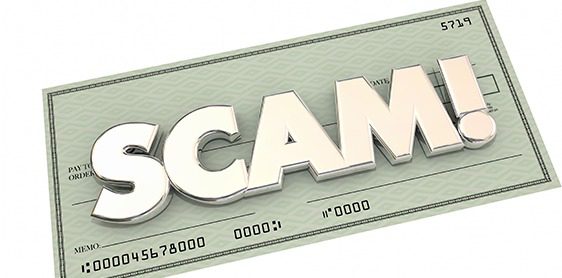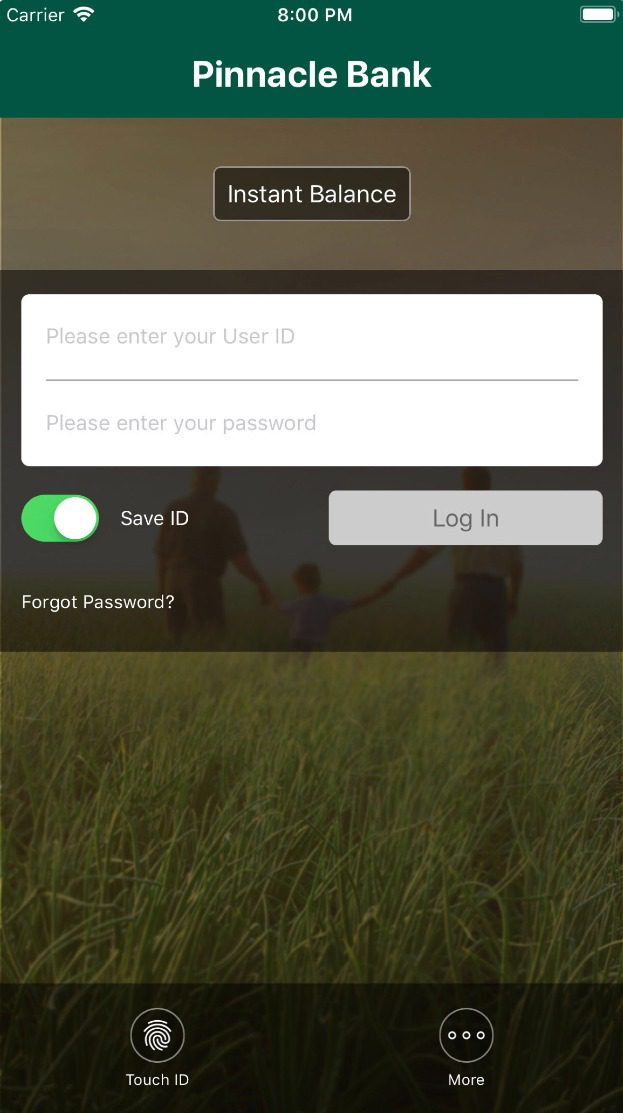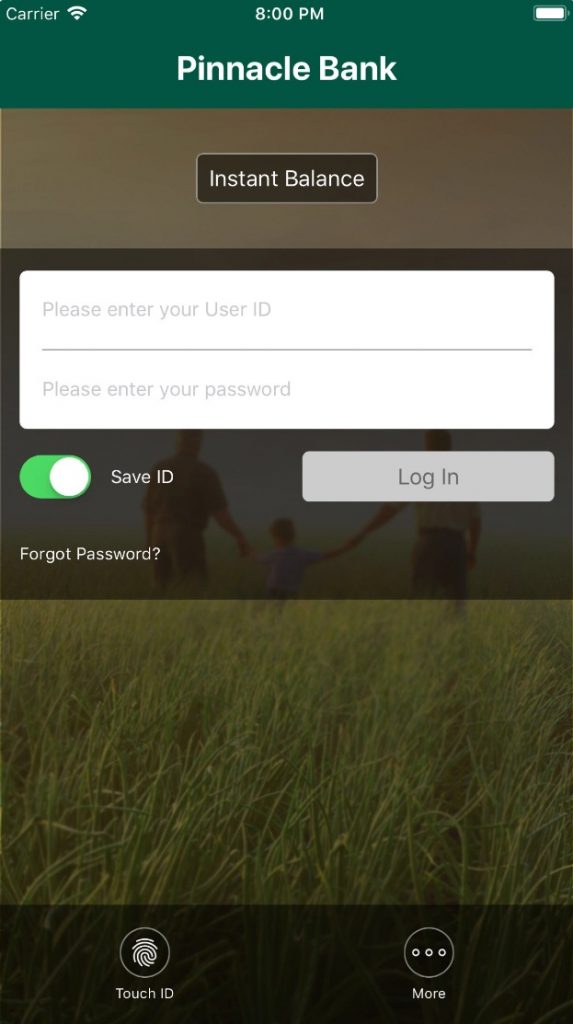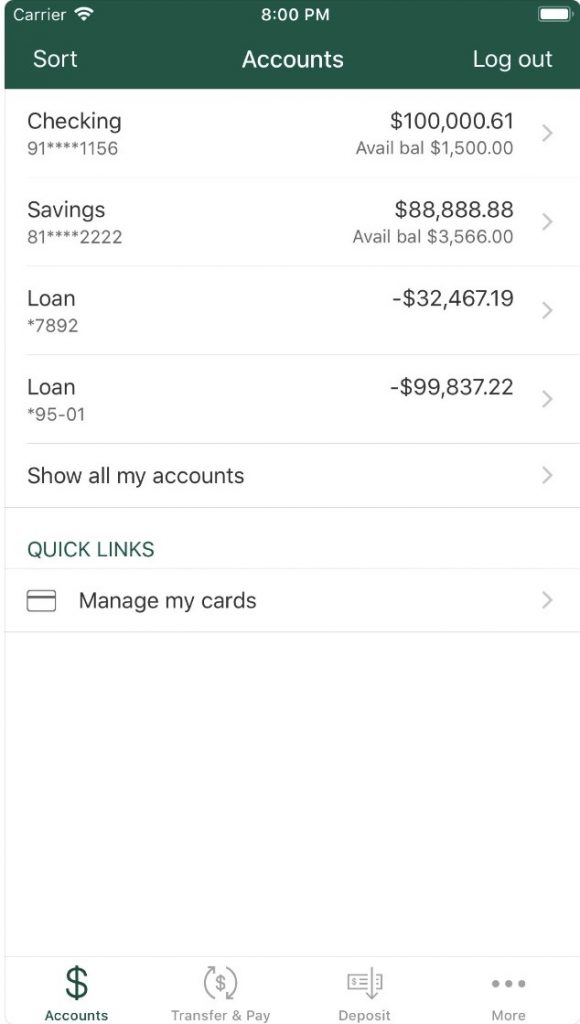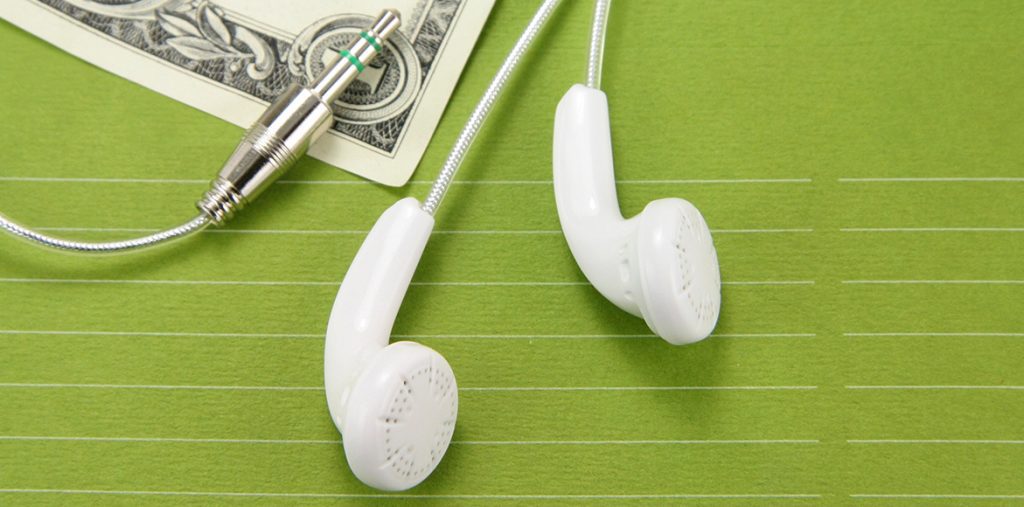
Learning about money has to be hard and boring, right? It has to take a long time, and it’s never entertaining. Wrong! Financial podcasts are here to change the way you think about financial education.
And now is the perfect time of year to find a few new podcasts to add to your playlists. Apple has its ‘best of’ lists out, and lots of other critics are weighing in with their favorite shows. From true crime to sports, to comedy, there are so many podcasts out there to entertain and inform.
Here are some of our recommended financial podcasts. Make the commute to work a productive trip by giving these shows a listen!
Stacking Benjamins: (https://www.stackingbenjamins.com/about/) An award-winning podcast that focuses on helping listeners build wealth
What Works: (https://cocommercial.co/whatworks/) A podcast about what works to run, manage, and grow a small business today.
So Money: (http://podcast.farnoosh.tv/) A podcast for entrepreneurs who want to take their business to the next level
The Side Hustle Show: (https://www.sidehustlenation.com/side-hustle-show/) Want to create multiple income streams? This podcast is for you!
Radical Personal Finance: (https://radicalpersonalfinance.com/) A masterclass on how to achieve financial freedom.
Smart Passive Income: (https://www.smartpassiveincome.com/podcasts/) It’s in the title! This podcast is all about creating passive income.
Money for the Rest of Us: (https://moneyfortherestofus.com/) Improve your “retirement IQ” by learning about wealth building and investing.
Afford Anything: (http://podcast.affordanything.com/) This podcast will help you to make smarter decisions about your money, time, and life.
Listen, Money Matters: (https://www.listenmoneymatters.com/show/) Their tagline is: This is not your father’s boring money show. Enough said!
ChooseFI: (https://www.choosefi.com/category/podcast-episodes/) Design a life you love by reducing expenses, eliminating debt, optimizing credit card rewards, and more.
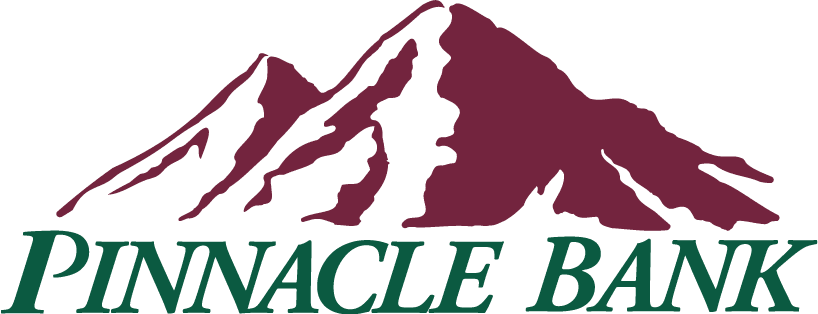





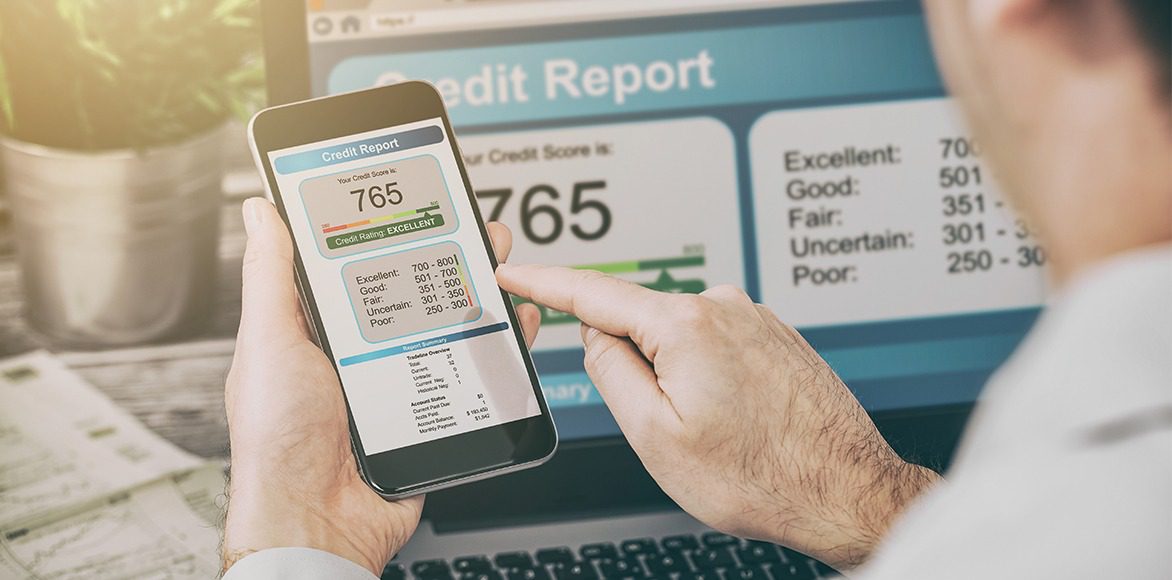
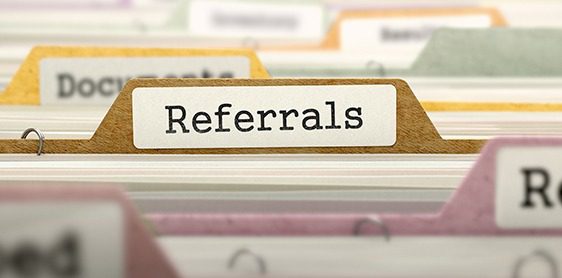 Connections.
Connections. What’s your why?
What’s your why? 